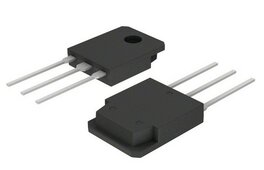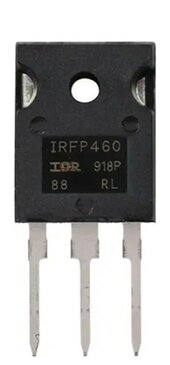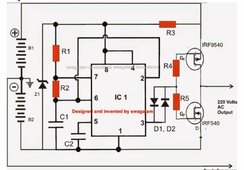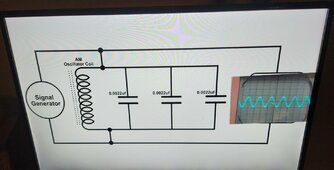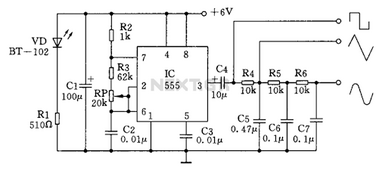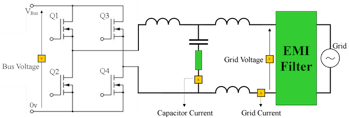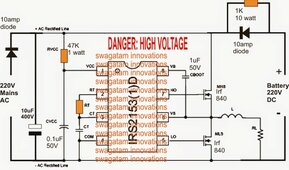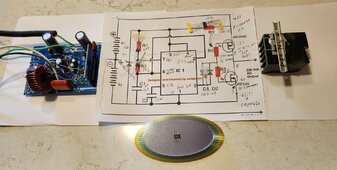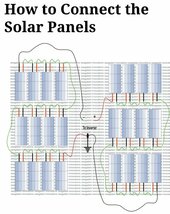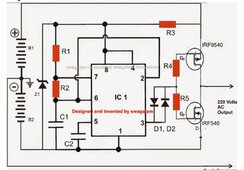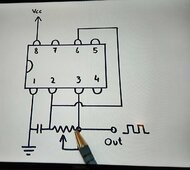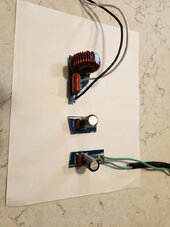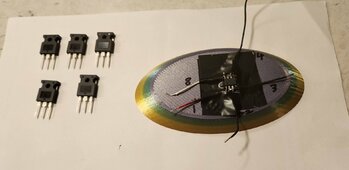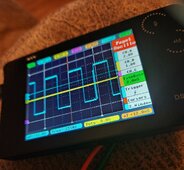GridWorks Green Solar
Solar Innovator
Found a nasty start problem with the flip flop inverter, Diagram clearly shows 220VAC output but the main FETs only have a 100 volt max rating on the drain per the spec information.
Still going to proceed as > 98 volts pure sine will run most electronic devices and can upgrade the FETs for more volts/amps after I get pure sine working correctly.
Best wishes, more later
Still going to proceed as > 98 volts pure sine will run most electronic devices and can upgrade the FETs for more volts/amps after I get pure sine working correctly.
Best wishes, more later




